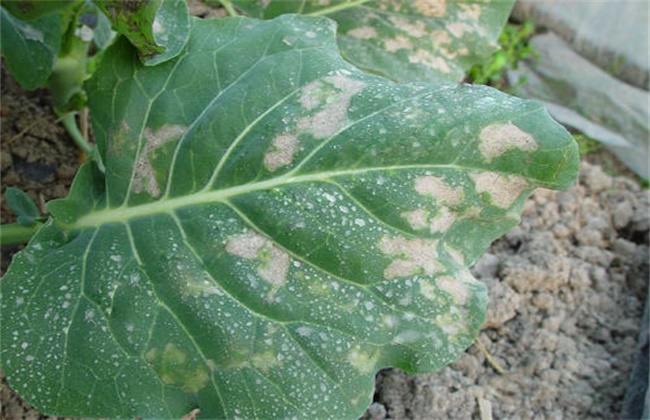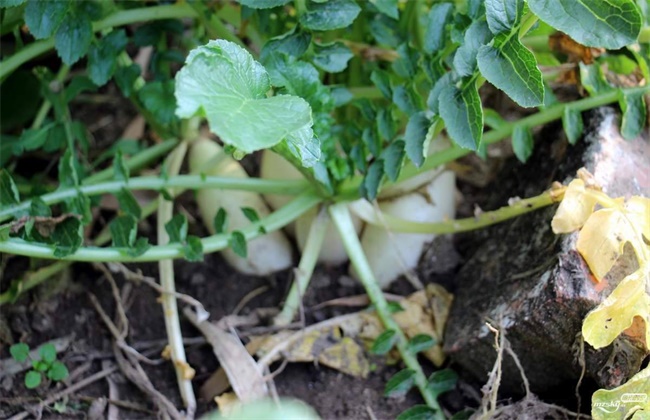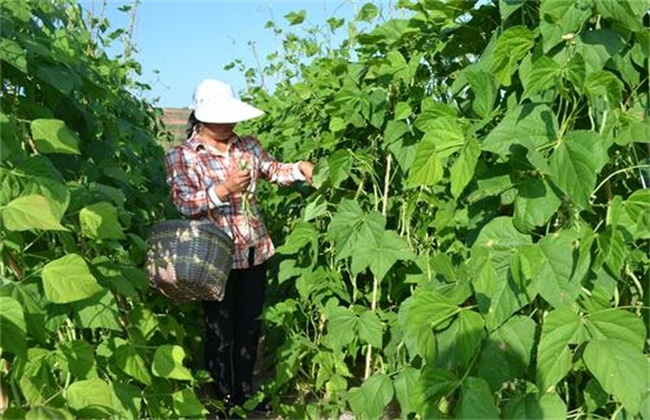Control measures of downy mildew of kale
Kale downy mildew is a major disease in the production of kale, which is widely distributed and common. The general symptoms can reach 20%. In severe cases, the disease occurs in the whole greenhouse, resulting in no harvest. And it will also endanger other cruciferous production, so how to control kale downy mildew? Come and have a look with the editor.

1. Occurrence of symptoms
The disease occurred in all growth stages of kale, and the disease was more serious in the seedling stage, mainly infecting the leaves. In the seedling stage, white frost mildew will appear on the back of the leaves, and the seedlings will turn yellow and die. The disease spot on the front of the leaf was light green and yellow-white at the beginning, and then gradually changed into an irregular necrotic class; the back of the leaf showed a small gray-brown spot at the beginning, water-stained when the humidity was high, or gradually expanded into irregular gray-brown to gray-white sunken spots. The pathogen will sometimes invade the stem and invade the leaf ball during storage, resulting in yellow irregular necrotic spots and dry leaves.
2. Occurrence regularity
The pathogen has no obvious overwintering period, mainly with mycelium overwintering on the diseased remains or other hosts in winter, or hidden on other cruciferous vegetables, or the spores can survive in the soil. After the temperature rises in the next year, it germinates and infects again. In addition, seeds can also carry germs, infect seedlings after sowing, and produce a large number of sporangia after infection, which spread in the field by means of wind, rain and airflow, making the bacteria spread.
3. Agricultural methods
Selection of resistant varieties by ①
Disease-resistant varieties should be selected according to local conditions, such as Zhonghua kale, Lubao kale and so on have strong resistance to downy mildew.
② selects suitable plots
Before planting, it is advisable to choose plots with deep soil layer, high topography, convenient drainage and irrigation, rich in organic matter, and cruciferous cropping for 2-3 years, preferably flood-drought rotation, which can effectively reduce the occurrence of diseases.
③ seed treatment
The use of disease-free plants to leave seeds and disinfect seeds, and seed dressing with thiram or chlorothalonil before sowing can play an excellent germicidal effect.
④ cleans the garden in time.
It is more important to clean up the field in time after harvest, take the diseased leaves and remains out of the field, turn the soil deeply and reduce the source of bacteria in the field.
4. Chemical control
It is necessary to do a good job in disease prediction and control immediately in the early stage of the disease or when there is a central diseased plant. The available agents are chlorothalonil, carbendazim, benzoin zinc, aluminum ethyl phosphate, disinfectant alum and so on. The above chemicals are used alternately and sprayed evenly. Pesticides are prohibited 15 days before harvest. Chlorothalonil fumigant can be used in protected areas. Doors and windows should be closed when smoking.
The above is the introduction of the prevention and control measures of kale downy mildew, hope to help you, want to know more related knowledge, please pay attention to us.
Related
- Where is it suitable to grow horseradish in China? it is expected to see the middle altitude horseradish in Alishan.
- How to prevent tomato virus disease reasonably? (Control methods included)
- Many people like to plant towel gourd on the balcony. What are the main points of this method and management?
- What crops can chili peppers be mixed with?
- Fertilization techniques and matters needing attention in Tomato
- What are the grafting techniques for peach seedlings in spring?
- Harm and control methods of root swelling disease of Chinese cabbage
- What are the pests of sweet potatoes? How to prevent and cure it?
- Symptoms, causes and Control methods of navel Rot in Tomato
- The cause of "Cucumber rotten bibcock" in Farmers' planting Cucumber and its Control Plan



